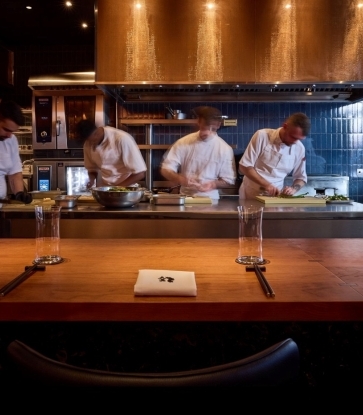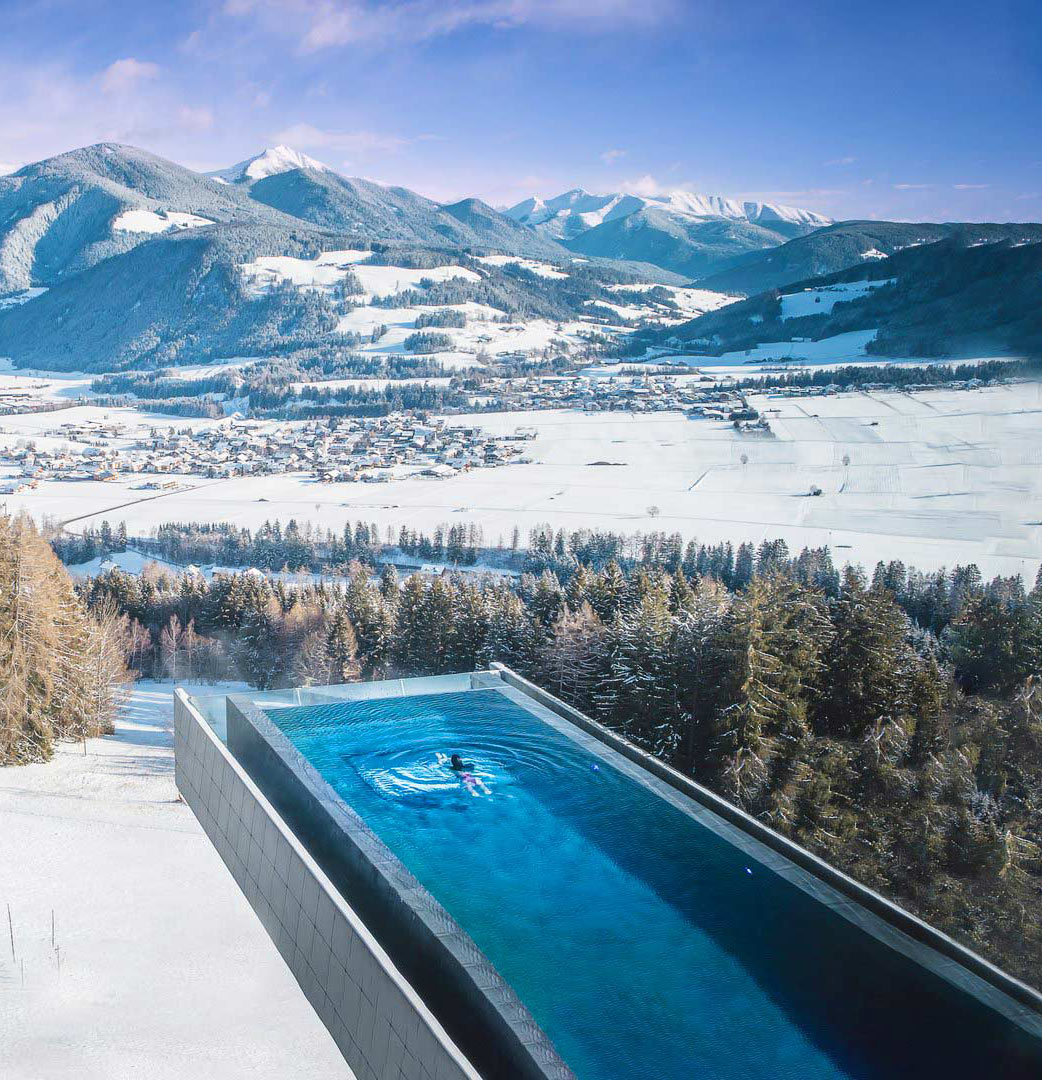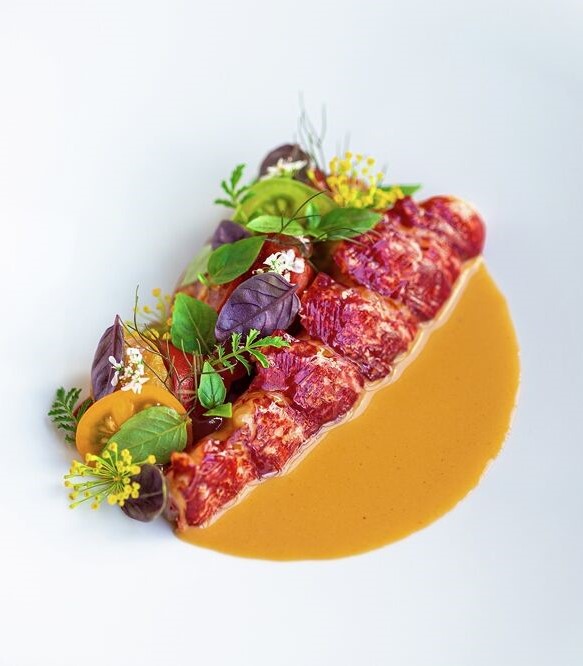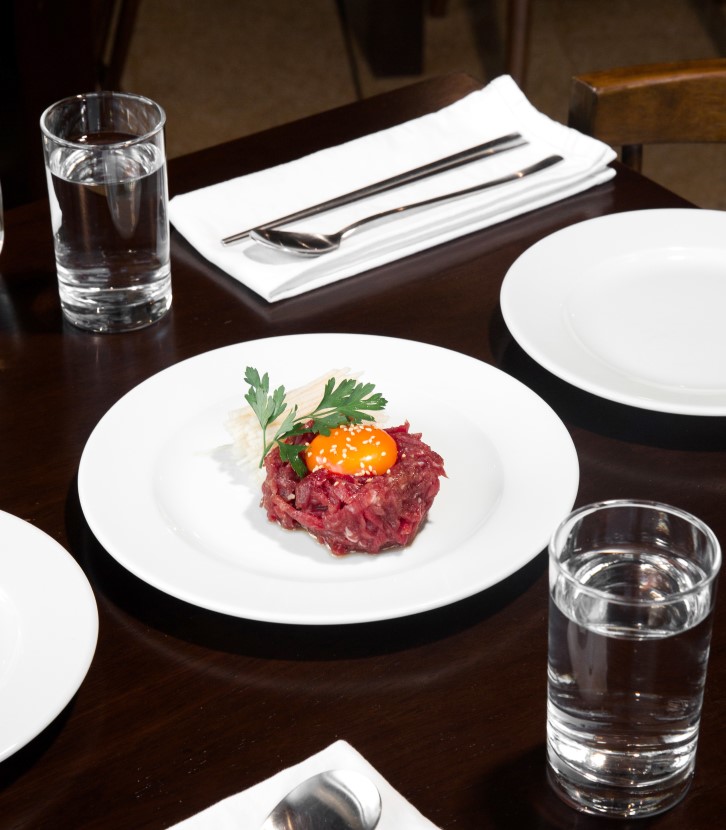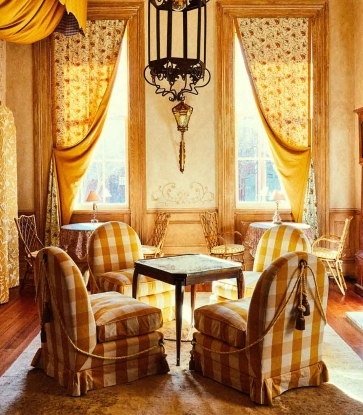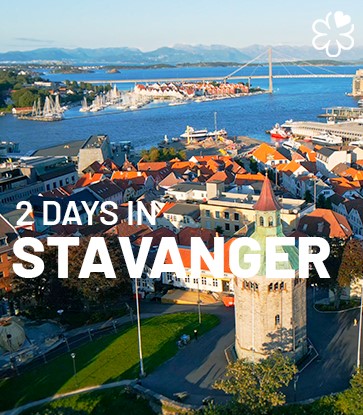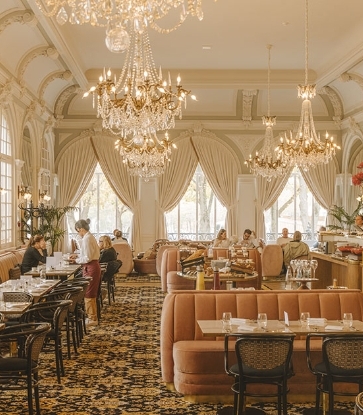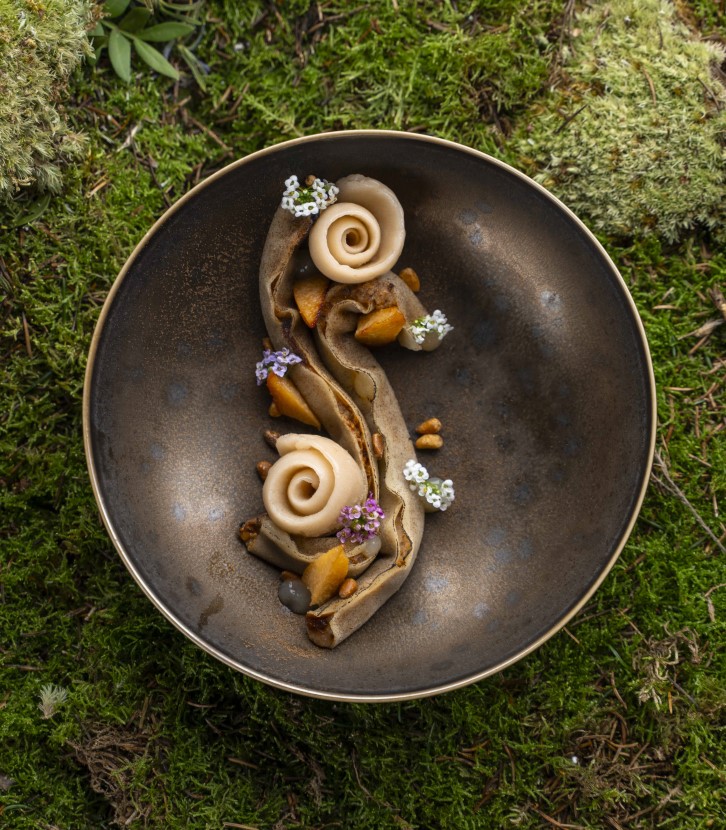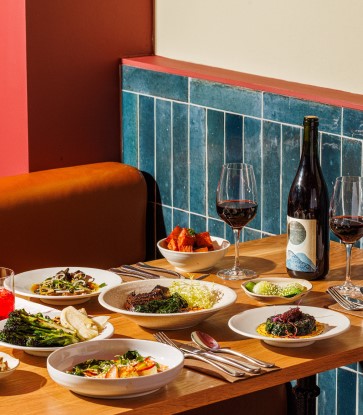One of Portugal's most special characteristics is that, despite being a relatively small country in terms of size, it contains an almost infinite number of landscapes. In the space of a day, you can go from a snowy mountain to a sunny beach and, of course, the gastronomic landscape goes hand in hand with the natural one, changing radically almost from kilometer to kilometer. The coastal areas of Portugal need no introduction as they are world famous, but inland Portugal is a diamond waiting to be discovered, and that's why there's no better trip to take than this tour of Portugal's true identity.

Start in the North
Let's begin in the far north, almost on the border with Spain, in the region of Chaves. This is where you'll find the picturesque town of Vidago. Legend has it that since Roman times people have been bathing in its thermal waters, known for their relaxing and medicinal properties. The pearl of this town is the iconic Vidago Palace, an imposing hotel built in 1910 that remains a landmark of elegance and exceptional service. After bathing — you can do this in the hotel complex, of course — and sampling the typical 'pastéis de Chaves' (a local delicacy consisting of a puff pastry filled with meat) that you can find in any pastry shop, spend a peaceful night here before heading off on your journey.
The road will take you south, with the green landscape only interrupted by occasional rock formations. Cows, sheep, and goats cross the road, often perched on the slight hills that are also typical of this region. A little over half an hour's drive from Vidago brings us to Vila Real, an important city in the north of the country, where the Cais da Villa restaurant is located. Led by the young chef Daniel Gomes, this establishment, which has been in operation since 2011, is a sophisticated and elegant place where you can try dishes inspired by the rich cuisine of Trás-os-Montes. Located in a former railway warehouse, it also has a wine bar and terrace area. After eating here, take the opportunity to relax in the beautiful Alvão Natural Park, also in this region, before continuing on your way.

Next, you'll arrive in Lamego with the famous Douro river in your sights. This city in the northern part of inland Portugal is rich not only in history (it was possibly here that in the 12th century D. Afonso Henriques was acclaimed as the first King of Portugal) and religion (the Sanctuary of Nossa Senhora dos Remédios is an unmissable landmark of the city), but also in gastronomy, thanks to its long tradition of cheeses, wine, and sausages. The obvious choice for those who want to spend some time here is the Six Senses Douro Valley hotel. Right next to the river Douro, this accommodation is considered one of the best in the country and is located in an old 19th-century manor house that has been completely refurbished to convey the experience of discovering the northern Portuguese countryside, but with all the comforts of the 21st century.

Towards the Center
The road continues to take us south, now with the steep slopes of the Douro Valley behind us and a green plateau emerging in their place. We're getting closer and closer to the center of Portugal, and so the city of Viseu is an obligatory stop. With a charming historic old town, characterized by stone buildings, one of the city's greatest highlights is just a few minutes from the center, in a rural area where vines are the dominant crop. We're talking about Mesa de Lemos, a restaurant at Quinta de Lemos, which has had a MICHELIN Star since 2019, and more recently won a MICHELIN Green Star in 2022. Led by the talented local chef Diogo Rocha, this sophisticated restaurant pays homage not only to the produce and flavors of this area, but to the whole of Portugal. Surrounded by vineyards and nature, it is an oasis of calm. Another noteworthy restaurant is in the center of Viseu: Flora. In a much more relaxed and contemporary setting, you'll find the dishes of Chef João Guedes and the wine suggestions of Anna Guedes. Their seasonal and eco-conscious approach to food and wine combines with great value cooking which has led to the restaurant being awarded a Bib Gourmand in 2024.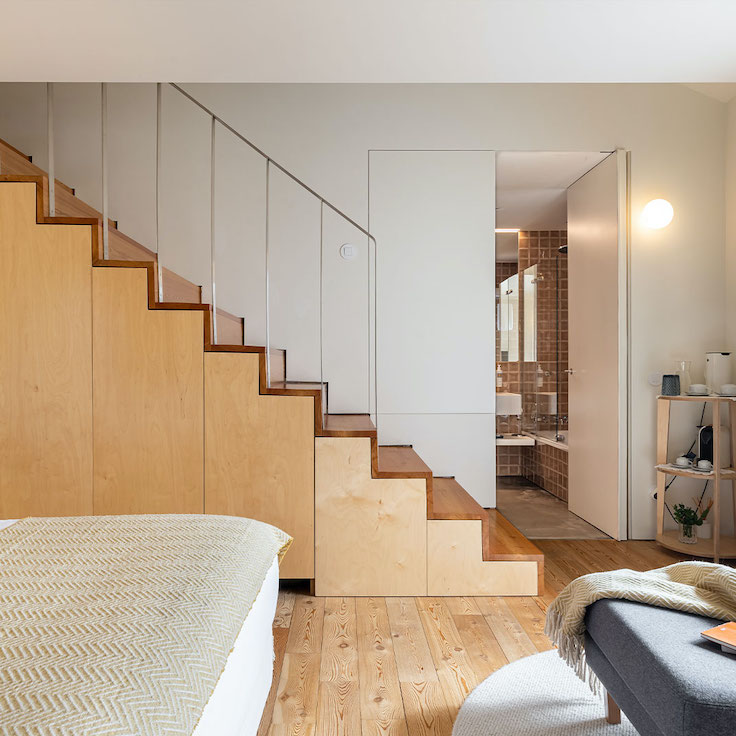
The Serra da Estrela area, the highest point in mainland Portugal, is another place with a unique natural landscape, where the granite intertwines with the vegetation and the sky seems infinite. On our descent through inland Portugal, it's worth stopping in this region, specifically in Seia, to rest and breathe in the pure mountain air at the Casas da Lapa, Nature & Spa Hotel. Located on a hillside, this boutique hotel with just 15 rooms is the ideal place to switch off and get away from the hustle and bustle of modern life. The various treatments you'll find at the establishment's spa are a great help.
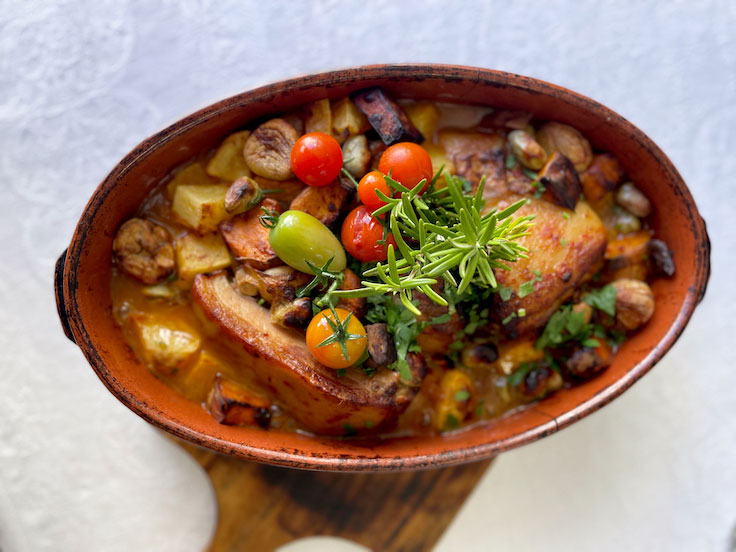
In Abrantes, another inland town that has long deserved to be properly discovered, there is a further unmissable gastronomic suggestion, distinguished with a MICHELIN Bib Gourmand. Anyone who thinks that restaurants with a strong regional flavor can't be sophisticated at the same time are much mistaken; just take a look at Casa Chef Vítor Felisberto. The elegant dining room and refined presentation of the dishes make for an interesting contrast between the essentially traditional style of cuisine. There's no shortage of oven-roasted lamb or octopus 'à lagareiro', for example, all washed down with a wide selection of Portuguese wines.

South in Sight
From here on down, there's another big difference in landscape and climate. As you enter the great Alentejo region, the weather gets hotter and drier while the green of the vegetation gives way to the yellow of the golden grass. You'll also reach the area with the least rugged terrain in the country, the famous Alentejo plains. An interesting stop here is Crato, a peaceful town where you can stay in a beautiful 14th-century castle, Pousada do Crato. This true monument has been converted into a fully modern hotel where you can sunbathe and take a dip next to walls that are hundreds of years old. And when you get hungry, there's nothing like taking a trip to the special town of Marvão, an ancient walled area that sits atop a slight hill, where you'll find fago. This restaurant is dedicated to regional flavors, but all with a sophistication and modernity that makes its dishes almost works of art, all without getting too formal.
Still in the Alentejo, but a little further south, in Montemor-o-Novo, you'll find another Bib Gourmand restaurant, called PODA. Young chefs João Narigueta and Miguel Dominguinhos, both from Alentejo and long-time friends, came together to create this place where traditional Alentejo food is renewed with contemporary products, techniques, and presentations, all in an old agricultural warehouse that has been completely restored.

We've now finally arrived in the Algarve, one of Portugal's most popular tourist regions, but which still has a few secrets to uncover, especially inland towards the Spanish border. A good place to relax and enjoy the Algarve's magical summer nights is Companhia da Culturas. This boutique hotel is located in Castro Marim, full of nature and tranquility, where one of the biggest highlights is its hammam and its own production of certified organic fruit, vegetables, and herbs (products that are used in various ways throughout the hotel). As you'll always need to eat, how about ending your trip at one of Portugal's most recent MICHELIN Stars? A Ver Tavira is just a few minutes from Companhia das Culturas and is a bastion of gastronomic excellence with its feet firmly planted in typical Algarve ingredients and recipes.
Hero Image: © A Ver Tavira




